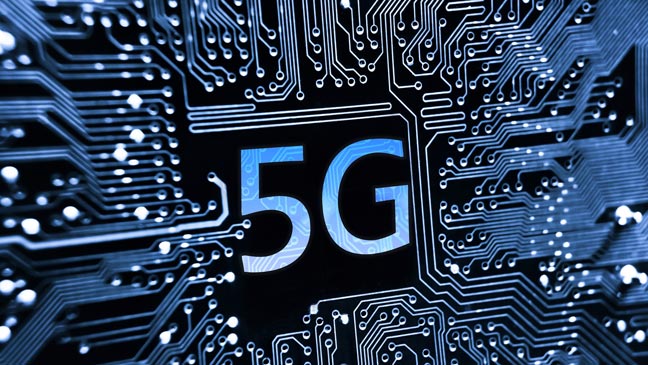BT Group has confirmed that it will switch on its stand-alone 5G network, sometimes referred to as ‘true’ 5G, later this year.
Howard Watson, BT’s chief technology officer, reportedly confirmed the development to CNBC, and it comes after BT conducted a network slicing trial with Ericsson and Qualcomm.
It has been a busy period for the UK carrier. In February BT announced that the iconic BT Tower in central London was to be sold for £275m to MCR Hotels.
![]()
Stand-alone 5G
Shortly after that, BT (and then Vodafone) switched off their respective 3G networks in the UK.
Now BT has told CNBC that it expects to launch its first so-called stand-alone 5G network in 2024.
“Others are talking about it,” Howard Watson, BT’s chief technology officer, was quoted as saying. “They’re talking about it. But we are working to get the right ecosystem in place, which means the right set of devices.”
Watson made the remarks in an interview with CNBC at the Mobile World Congress tech trade show in Barcelona, Spain.
The development comes after BT conducted with Ericsson and Qualcomm demonstrating network “slicing.” Network slicing is a configuration that allows multiple networks to be created on the same common physical network infrastructure.
“We’ve already been ensuring that the SIM cards that our customers have in their current 5G devices can do 5G stand-alone,” Watson told CNBC. “And so once we think there’s enough critical mass to have a real proposition, with some slicing behind it as well, we will launch that, and that will be later this year.”
At the moment, Vodafone and Virgin Media O2 have already both switched on 5G stand-alone solutions in the UK.
BT’s EE yet to launch its own stand-alone network, after it was reported it was waiting to see if Apple’s new iPhone 16 supports 5G stand-alone in Europe when it launches this autumn.
What does it mean?
But what exactly does a 5G stand-alone network give to the average user?
According to CNBC, a 5G stand-alone network gives a user a slice of the network, or a specific amount of bandwidth with certain latency commitment.
Each network slice is effectively an isolated part of the network that is designed to fulfil the requirements requested by a certain application.
For example, if gamers required a super-low latency connection to play a game competitively, they could use 5G stand-alone to get latency of nine to 10 milliseconds, close to what they get from an HTTP connection to a home, ensuring a smooth game-playing experience.
“You may not want that 24 hours, seven days a week,” Watson told CNBC. “So we might have a really flexible pricing mechanism that says you can have that from 6pm to 8pm”
“So bringing it to life in propositions for customers is how we will market it rather than with, come and buy some ‘stand-alone,’” Watson was quoted as saying.
The development comes as 5G struggles to gain traction among mobile consumers outside of major cities, due to its at times variable speed and the lack of 5G connectivity in large swathes of the country.
![]()
There also continues to be a small, but vocal minority, who incorrectly believe the false health narratives surrounding the technology.





